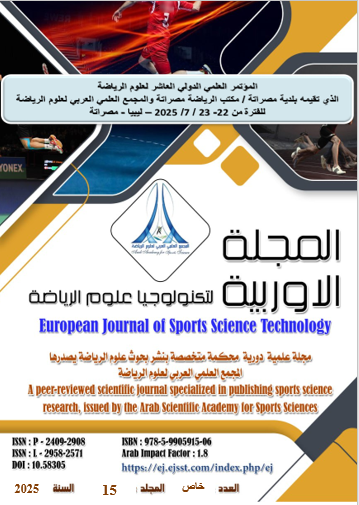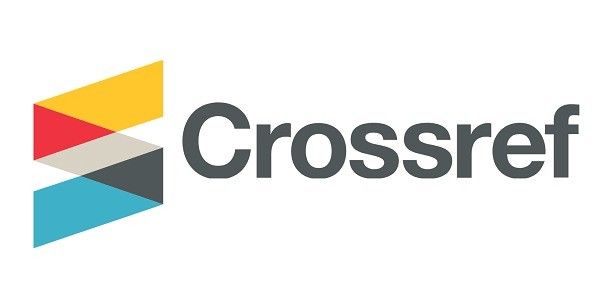Effect of an 8-week combined isometric-plyometric and sprint training programme on the physical performance of junior handball players
DOI:
https://doi.org/10.58305/ejsst.v15iSpecial%20issue.716Abstract
Handball is an Olympic sport played worldwide with approximately 18 million players in over 150 international federations(Raeder, Fernandez-Fernandez, & Ferrauti, 2015). From a physical point of view, handball is an intermittent and vigorous contact sport requiring high intensity efforts in a short duration where players jump, run and throw the ball at high speed, followed by a very short rest period (Gorostiaga, Granados, Ibañez, González-Badillo, & Izquierdo, 2006). On the other hand, the combination of a high demand for muscular strength and power with a well-developed aerobic capacity (i.e. relatively high oxygen consumption) will allow better recovery during periods of low intensity or rest, which is decisive for the success of top-level handball players(Granados, Izquierdo, Ibáñez, Ruesta, & Gorostiaga, 2013).










